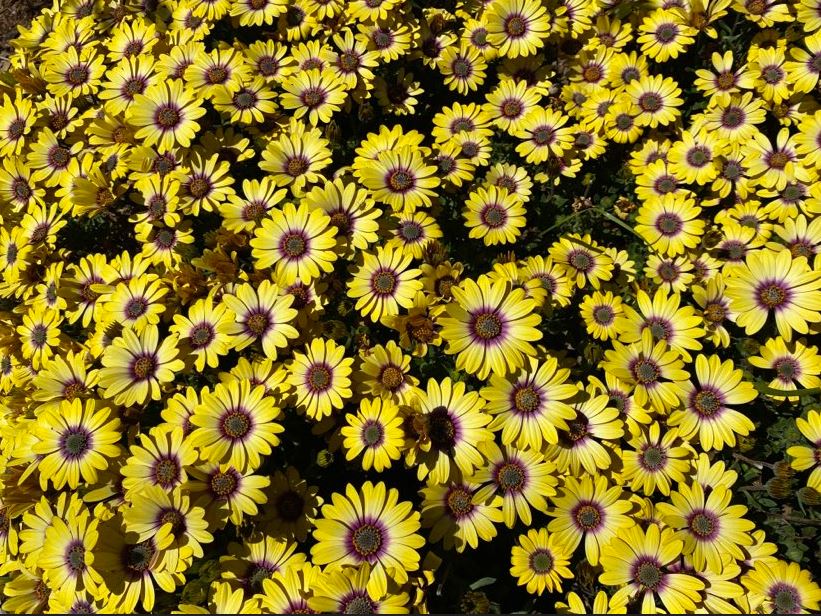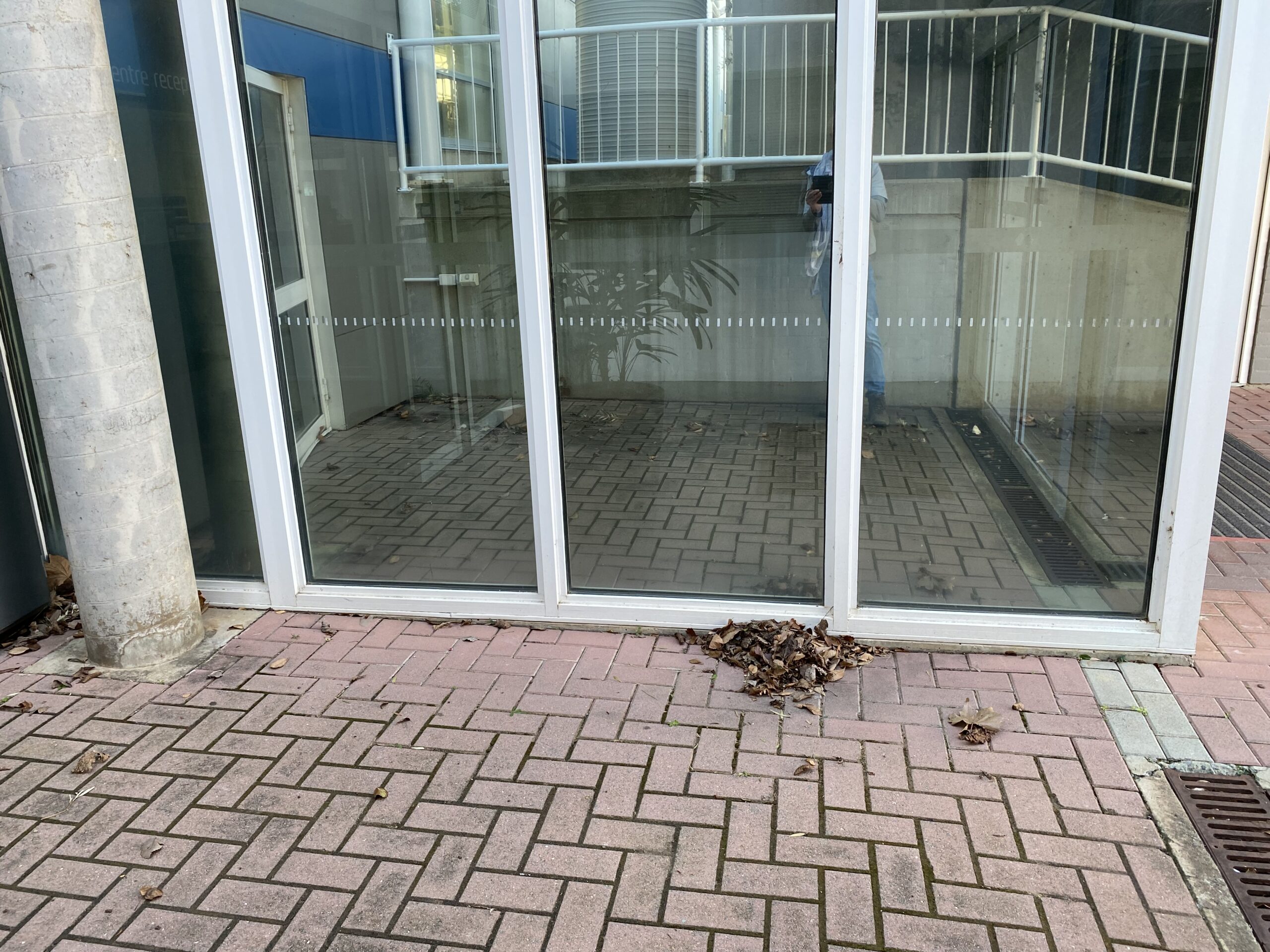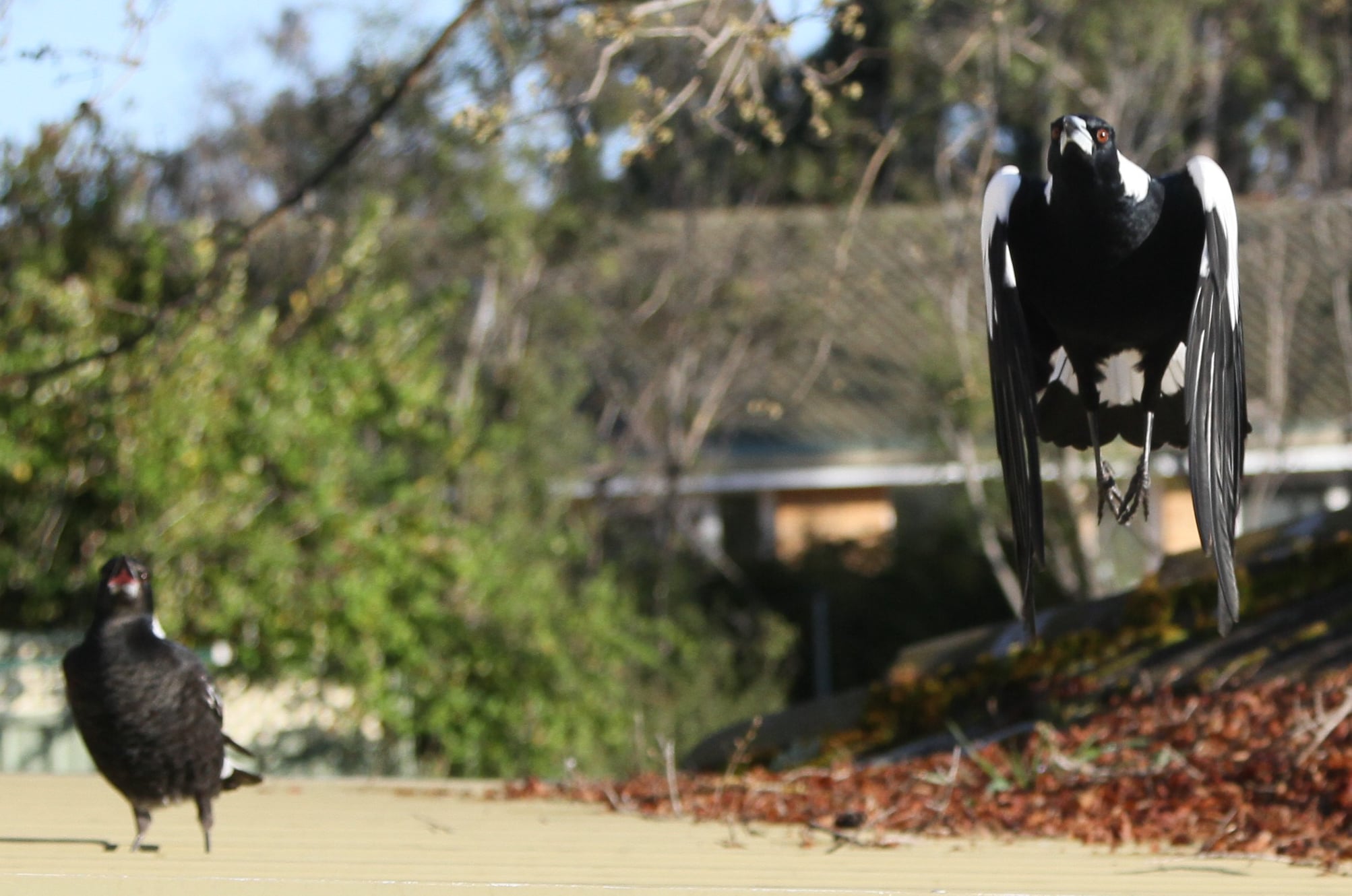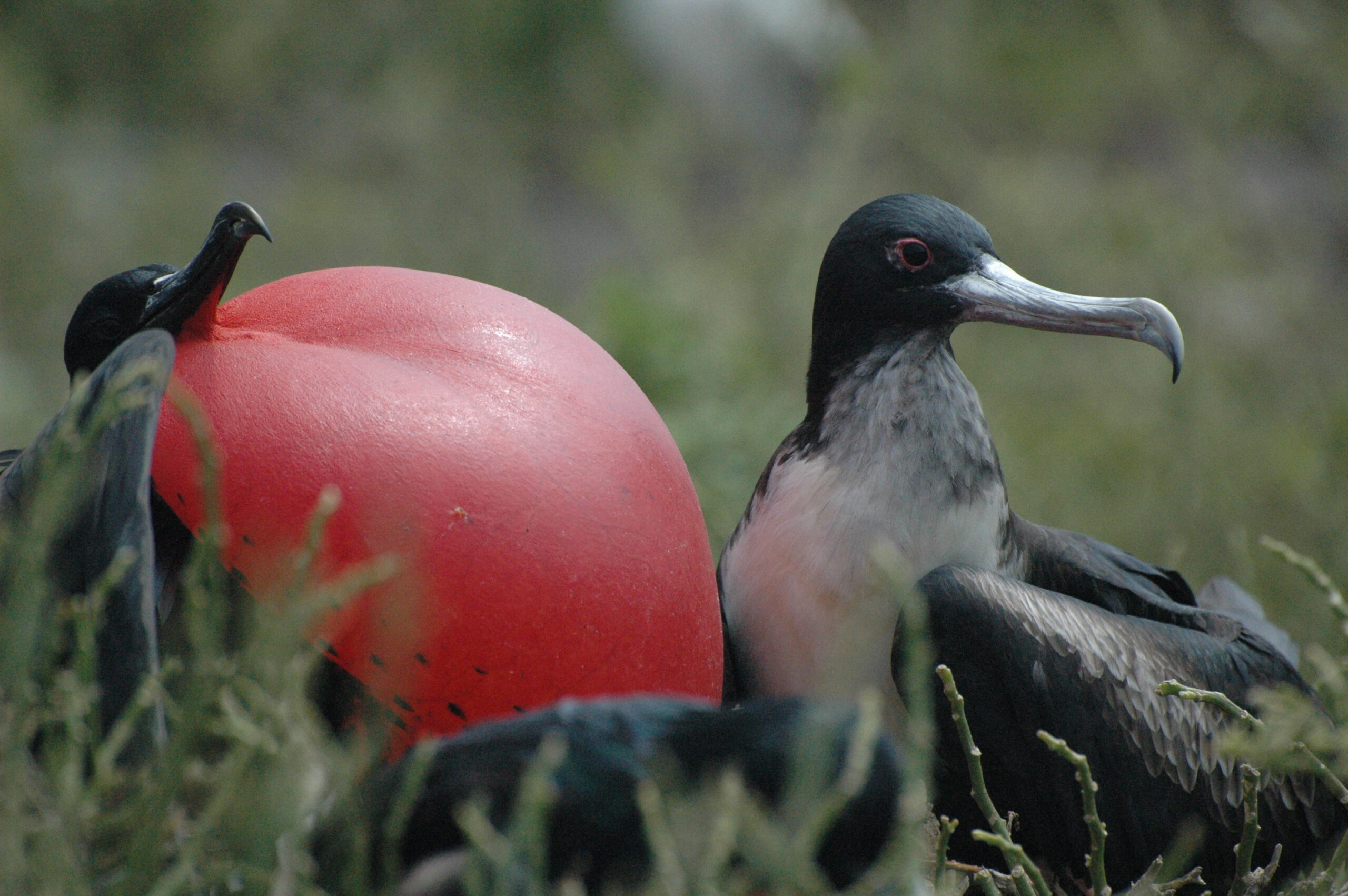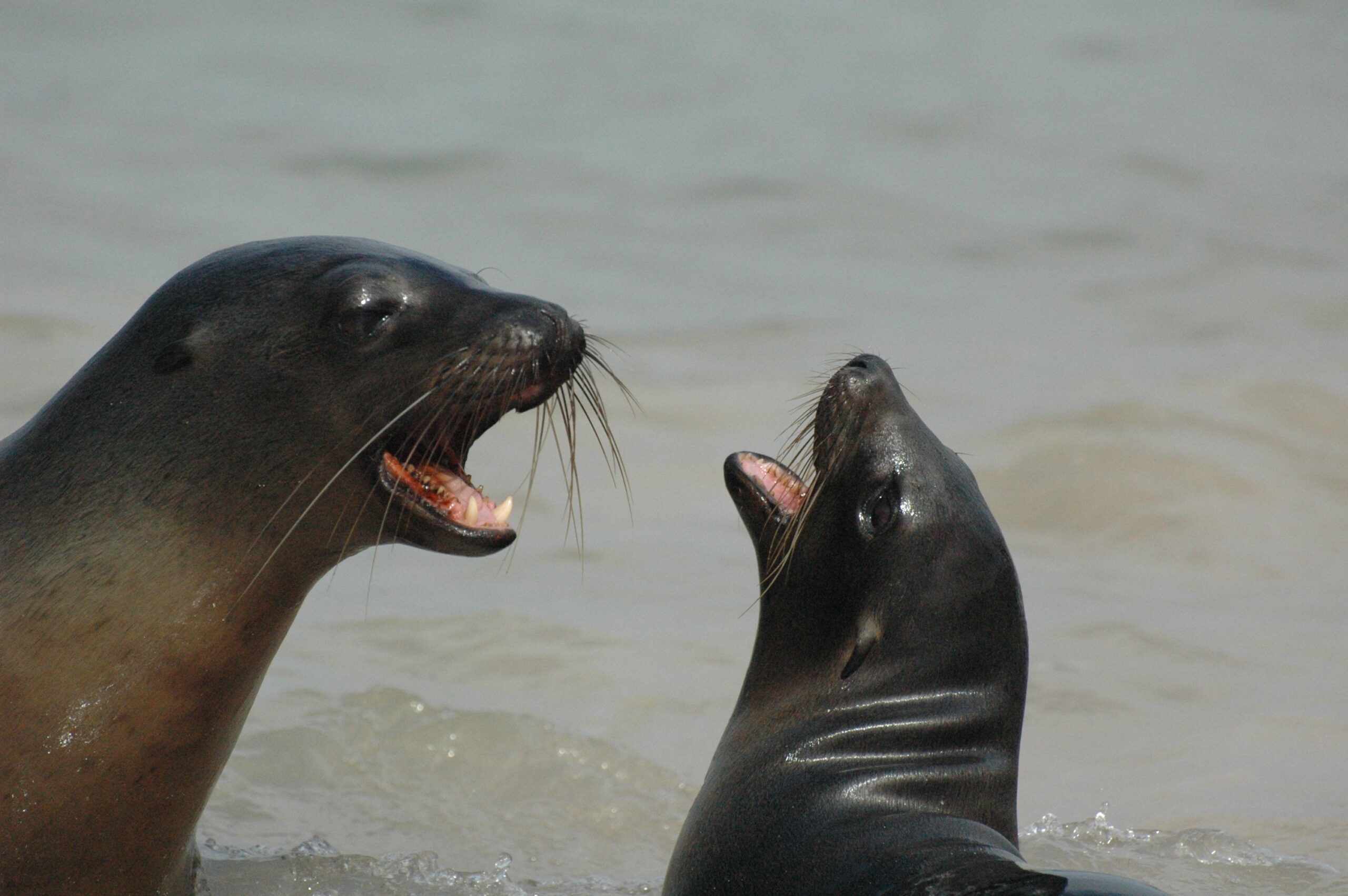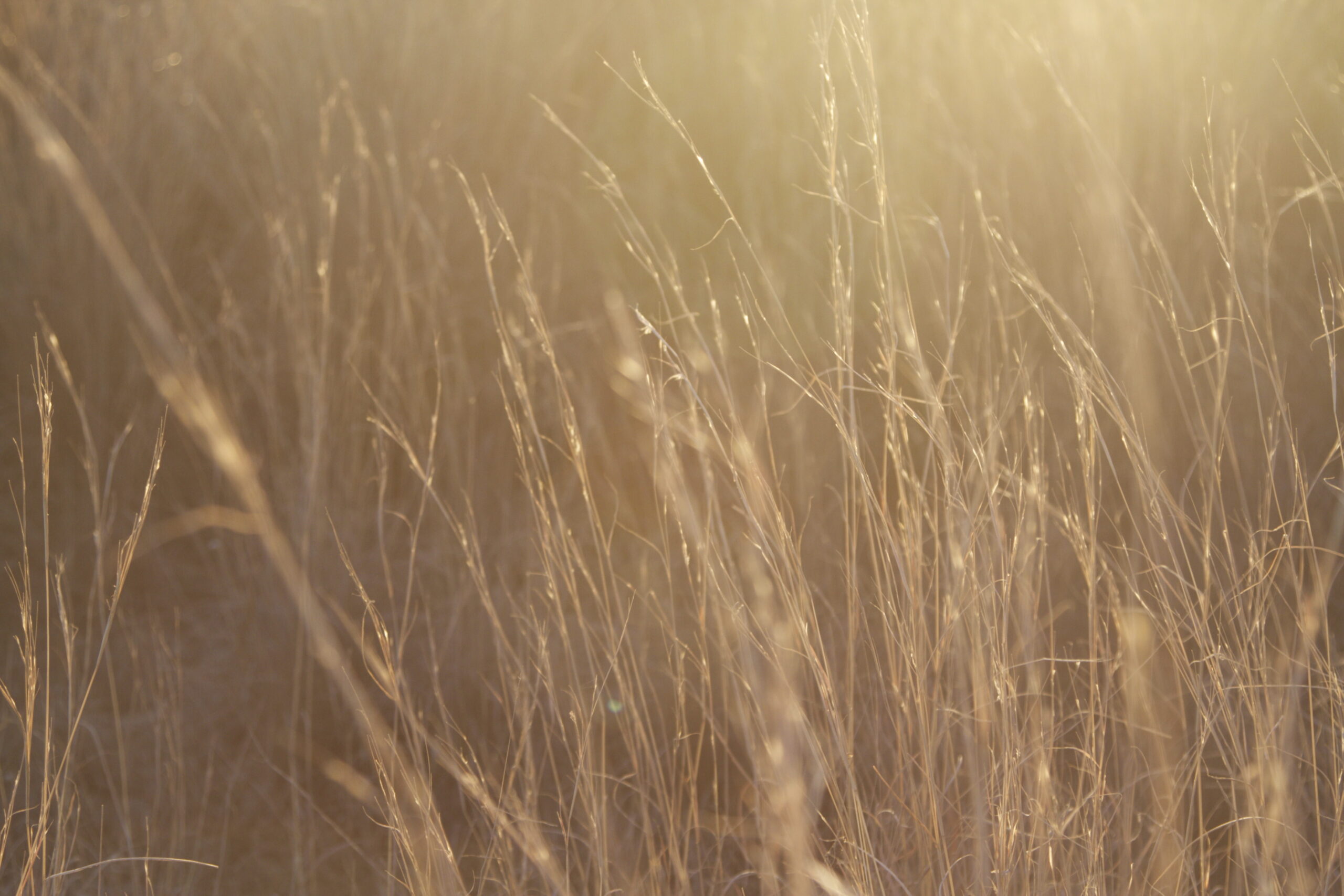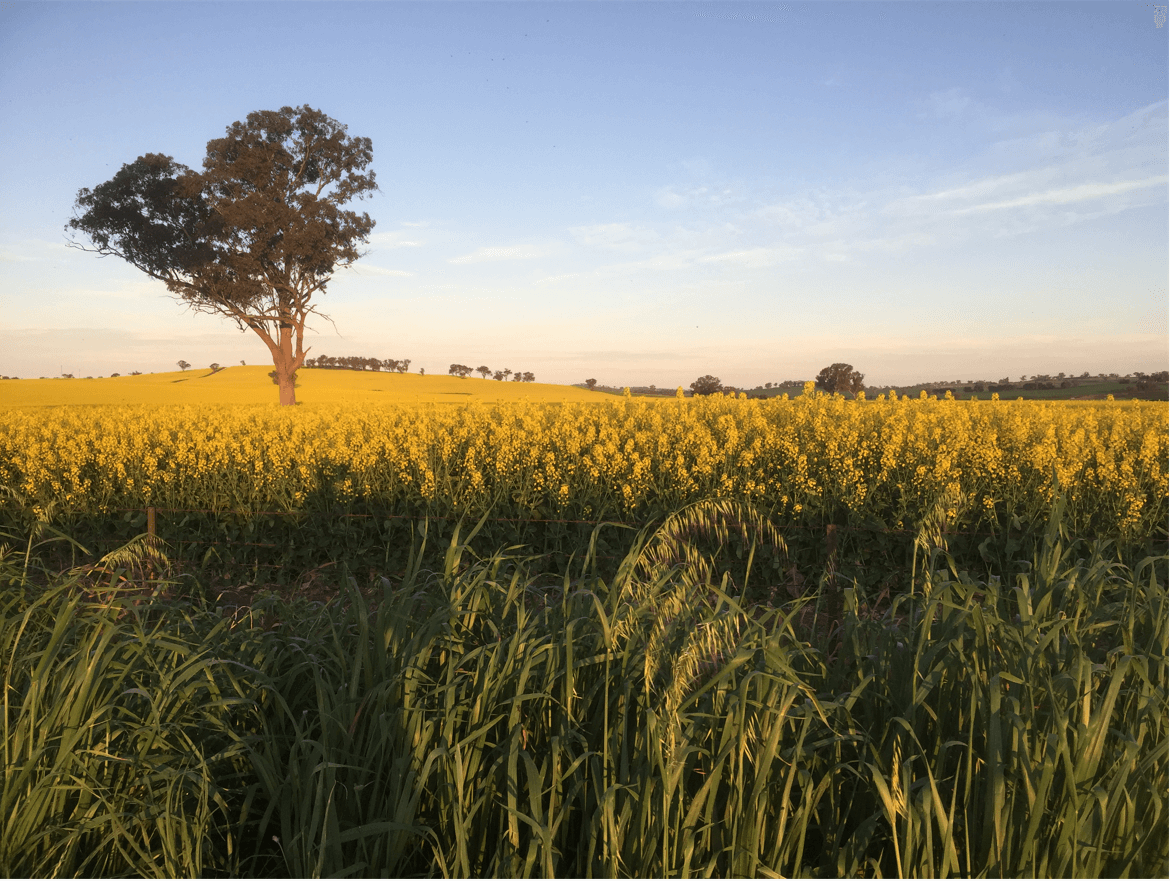Once you have an idea for a story, what do you do with it? You must let it bloom!
To begin this exercise, please have a look at the photo of the leaves, and read the following: She worked hard to sweep the leaves into their spot. Then she took a breath before she began again. Sweeping, sweeping, always …
Adjectives (descriptive words) can lift your writing and speaking by taking your audience (reader, listener, viewer) deep into your story. Adjectives can paint pictures for the audience, but beware: adjectives can also clutter or confuse the audience. So, try to …
A ‘caption’ is a title or a very brief description that can help tell the story of a picture. Captions can be funny, serious, poignant, political and more. In this exercise, we encourage you to be funny (although you don’t …
Have you ever written a postcard? Perhaps you may not know what a postcard is? As the name suggests a postcard is a card you can post. (Yes, the old-fashioned way through the mail!). Sending postcards used to be a …
We all love animals, don’t we? We need them in our lives. Perhaps your favourite story has an animal (or lots of animals) in it. Have a look at this clip, and then write something about one or more of …
We all have our favourite places. The beach. The backyard. The park that overlooks the hills that roll as far as you can see. In this exercise, imagine you are at your favourite place (or perhaps you can go there). …
CHILDREN Children always should obey instructions, wipe their feet, neverchewchewingguminthestreet; clean their teeth, have a bath, neverstampinpuddlesonthepath; eat their cauliflower, turn the telly down, nevercomplainorgrumbleoffrown; keep their pockets empty of screws and string, andnevereverloseanything. Yuk! I hope I grow up …
Senses can be a very important part of storytelling. Sight, hearing, touch, taste, and smell. Look at these pictures below and remember ‘who, what, where, why, when and how.’ Think of all the different ways you could use senses to …

